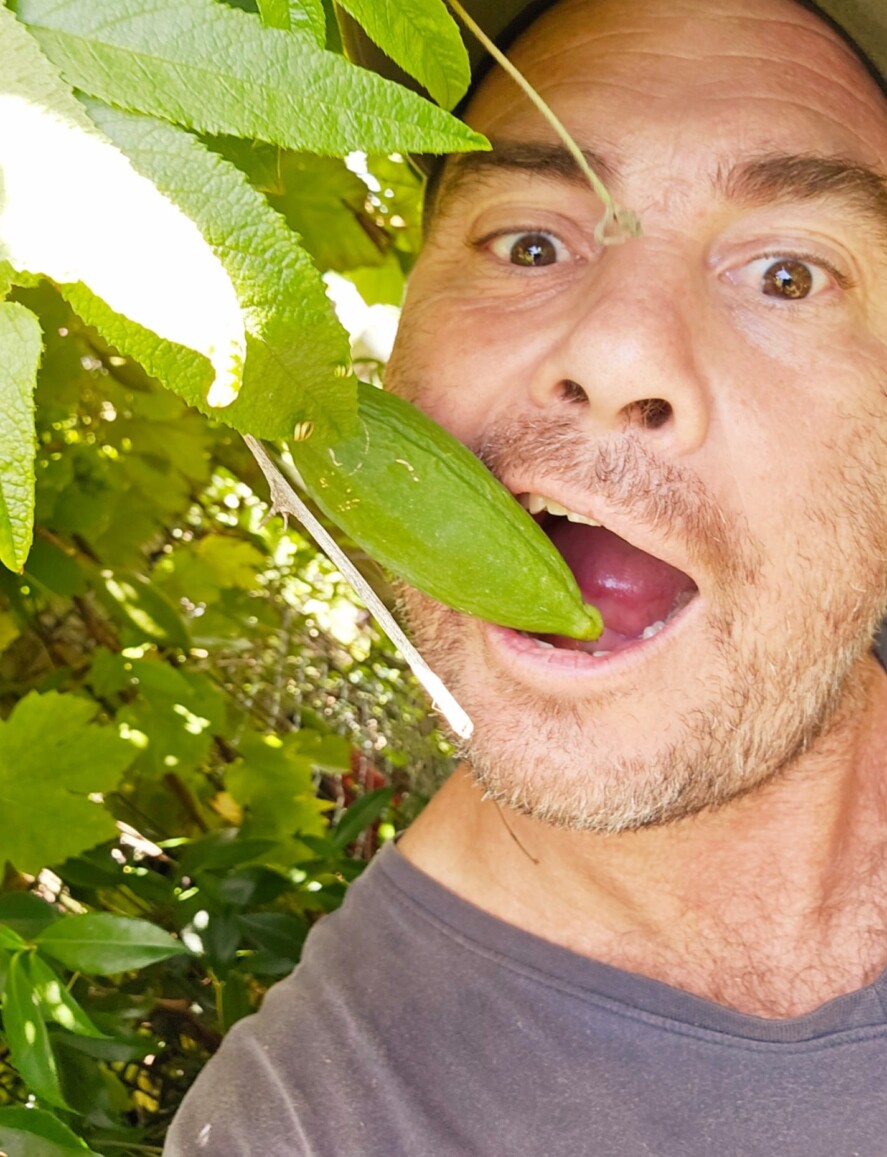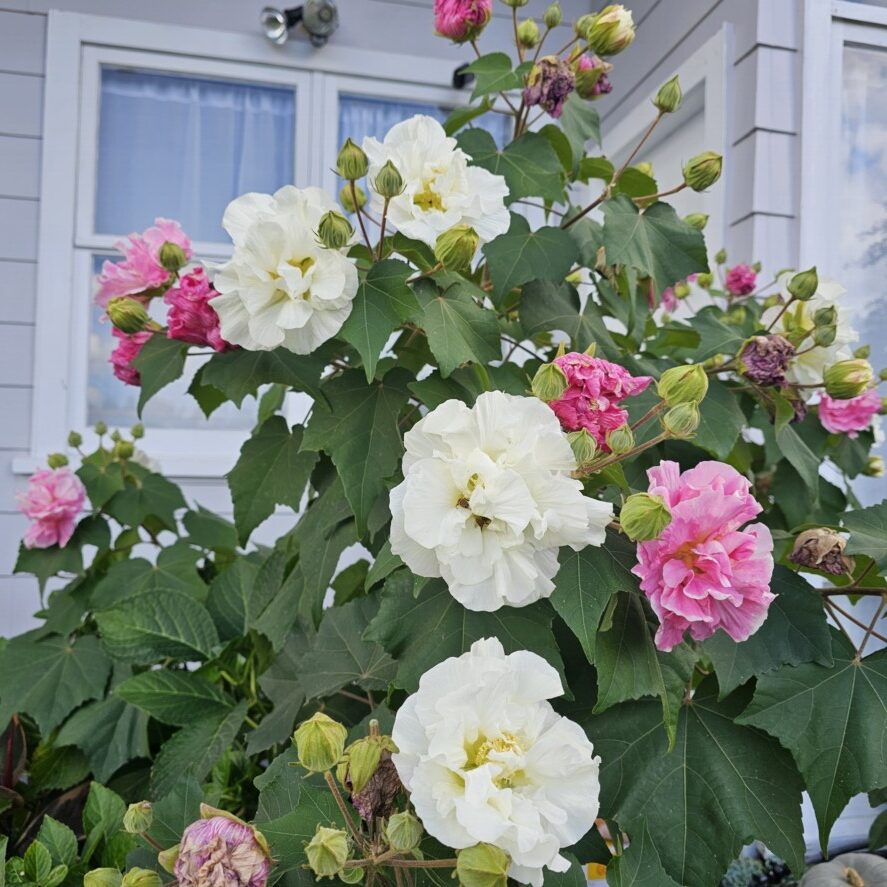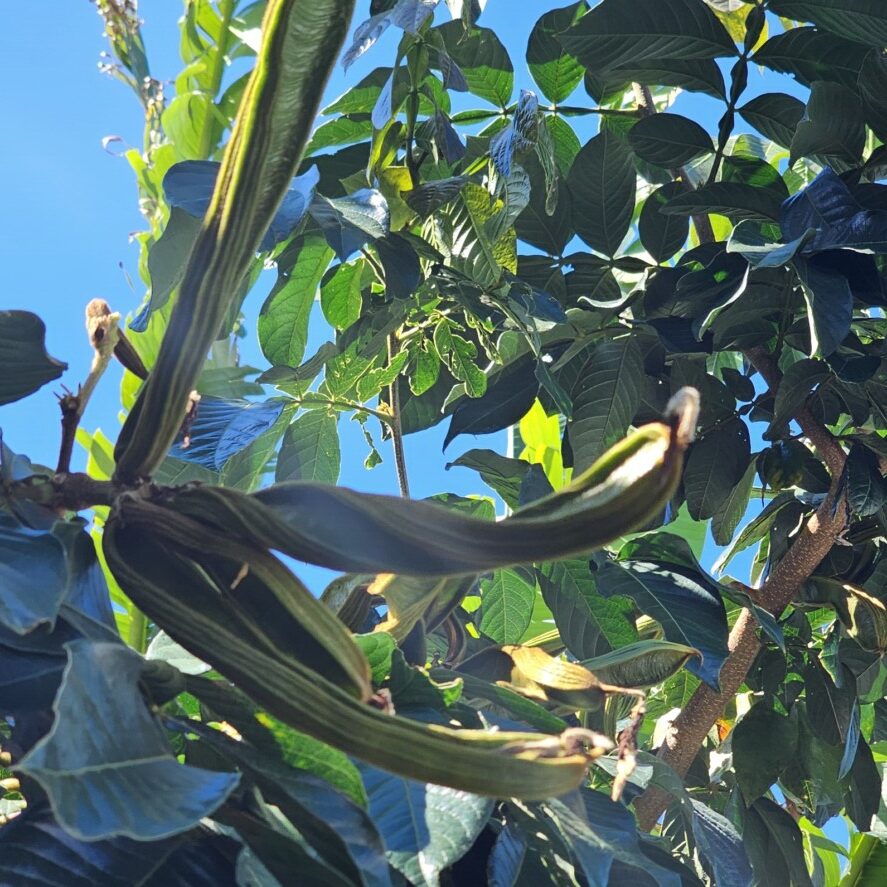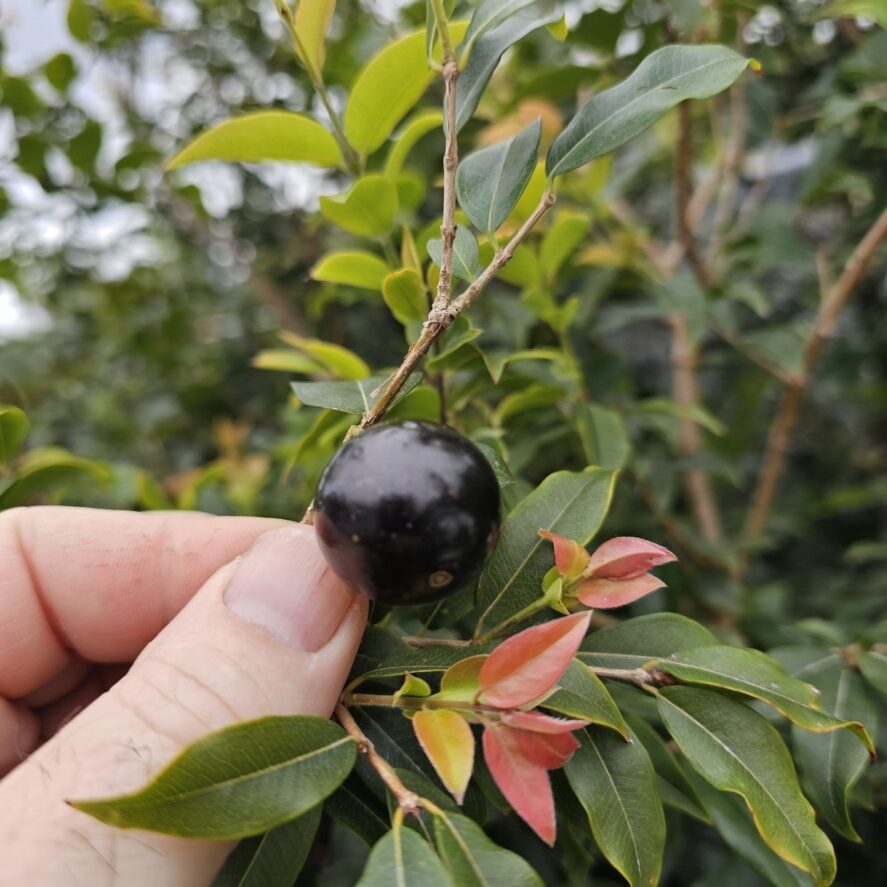-
Troppo Plant & Garden Articles
- Te Puke Region
- TROPPO’s Food Forest in Te Puke, BOP (www,foodforest.org.nz)
- Troppo’s Plant Collection
- TROPPO's Nursery Directory
- Food Forests of New Zealand (www.foodforests.nz)
- Nursery Map - Plant Suppliers of NZ Directory (www.nurserymap.nz)
- Kids Garden Corner
- New Zealand Garden Bird Survey
- New Zealand Garden Groups
- Delicious Recipes
The Persistent Pest: Tackling Twin Cress – Lepidium didymum in New Zealand
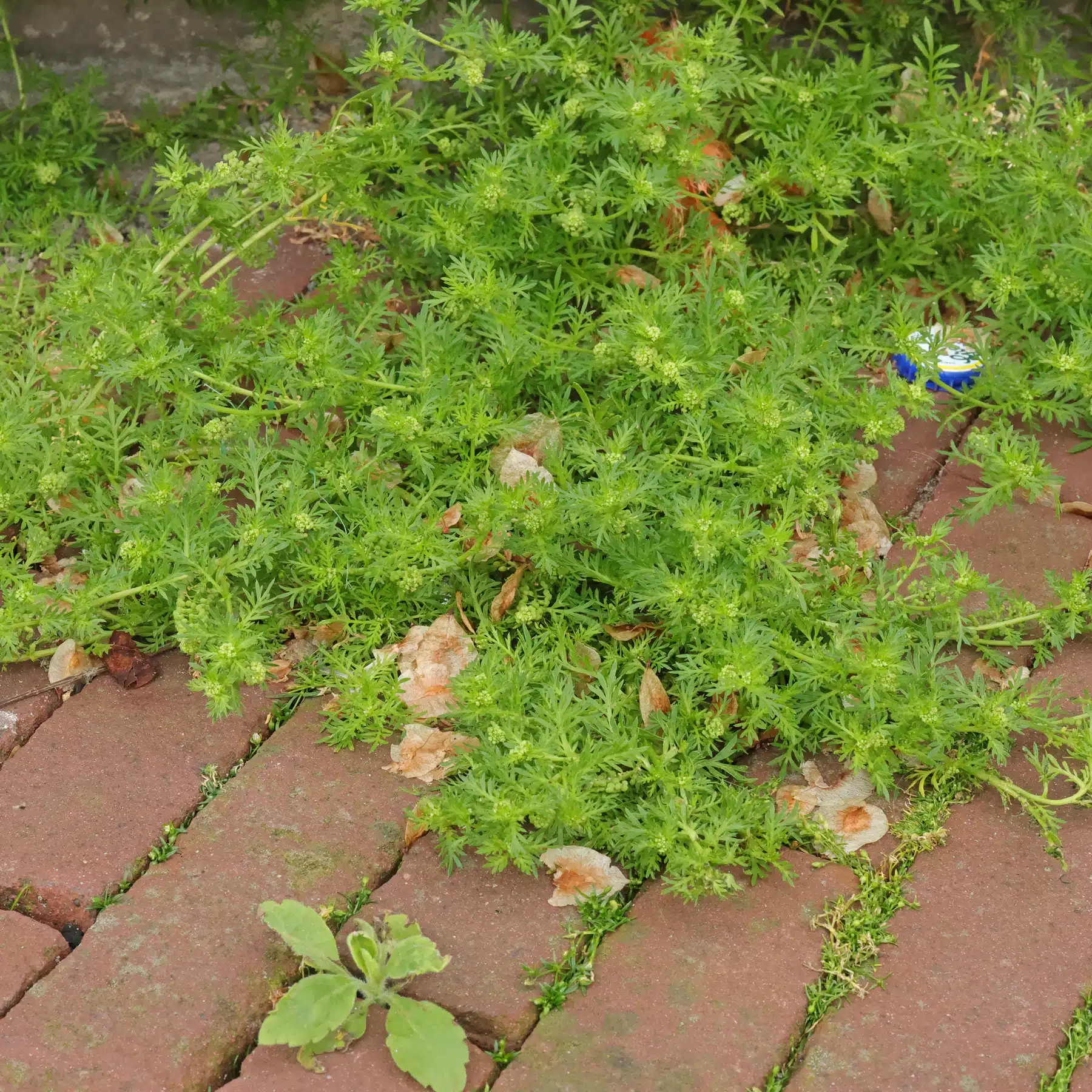
Hello, green thumbs and eco-warriors! 🌿 Today, we’re shedding light on a small but mighty invader that’s been creeping its way across New Zealand’s gardens and farmlands: Twin Cress, or Lepidium didymum. This tiny troublemaker may be easy to overlook, but its impact on our ecosystems is significant. Let’s explore why Twin Cress needs to be controlled and how you can help keep this invasive plant in check.
Meet Twin Cress: The Tiny Terror
Twin Cress, also known as Lesser Swinecress, is a low-growing annual or biennial plant originally hailing from South America. It has adapted remarkably well to New Zealand’s climate, spreading rapidly across disturbed soils, gardens, and agricultural lands.
Lepidium didymum is recognized by its small, rounded leaves and tiny white flowers. Despite its modest size, this plant can quickly form dense mats that choke out other vegetation, making it a formidable foe for gardeners and farmers alike.
Why Twin Cress is a Threat to New Zealand’s Ecosystem
While Twin Cress may look unassuming, its presence can cause significant issues. Here’s why this invasive plant is problematic:
- Rapid Spread: Twin Cress grows quickly and prolifically, producing seeds that can easily be spread by wind, water, and human activity. This allows it to colonize large areas in a short time.
- Competition with Native Plants: By forming dense, low-lying mats, Twin Cress competes with native plants for light, nutrients, and space. This can lead to the displacement of local flora and a reduction in biodiversity.
- Impact on Agriculture: In pastures and croplands, Twin Cress can become a nuisance weed, competing with forage plants and crops. Its presence can reduce yield and quality, impacting agricultural productivity.
- Hardy and Resilient: This plant is tough and adaptable, thriving in a range of conditions, from damp, shaded areas to dry, exposed sites. Its resilience makes it difficult to control once established.
How to Identify Twin Cress
Spotting Twin Cress early is key to managing its spread. Here’s how to identify this invasive plant:
- Leaves: Look for small, rounded, and deeply lobed leaves that are arranged in a rosette pattern close to the ground. The leaves have a slight peppery aroma when crushed.
- Flowers: Twin Cress produces tiny, white flowers in clusters at the ends of its stems. These flowers are often less than 2 mm across.
- Growth Habit: This plant grows low to the ground, forming sprawling mats that can cover large areas. It tends to thrive in disturbed soils and areas with poor competition.
How to Remove Twin Cress from Your Land
Controlling Twin Cress requires diligence and the right approach. Here’s how you can manage and remove this invasive plant:
- Manual Removal: Hand-pulling or digging up the plants is effective, especially for small infestations. Ensure you remove the entire plant, including the roots, to prevent regrowth.
- Herbicide Treatment: For larger areas, applying a suitable herbicide can help control Twin Cress. Spot-treating the plants is often the best approach to minimize impact on surrounding vegetation.
- Mulching: Applying a thick layer of mulch can help suppress Twin Cress by blocking light and preventing seed germination. This method is particularly useful in gardens and landscaped areas.
- Regular Monitoring: Keep an eye on the area for any signs of new growth. Regular monitoring and follow-up treatments are essential to ensure that Twin Cress doesn’t re-establish itself.
Why Your Efforts Matter
Managing Twin Cress is crucial for protecting New Zealand’s native plants and agricultural productivity. By controlling this invasive species, you’re helping to maintain healthy, diverse ecosystems and supporting the sustainability of our gardens and farmlands.
Join the Fight Against Twin Cress
Ready to take on this tiny terror? Whether you’re tackling a few plants in your garden or helping with larger conservation efforts, every bit of effort makes a difference. Together, we can keep New Zealand’s landscapes beautiful and free from this invasive pest!
Happy weeding, and let’s show Twin Cress that it has met its match! 🌿🪓


